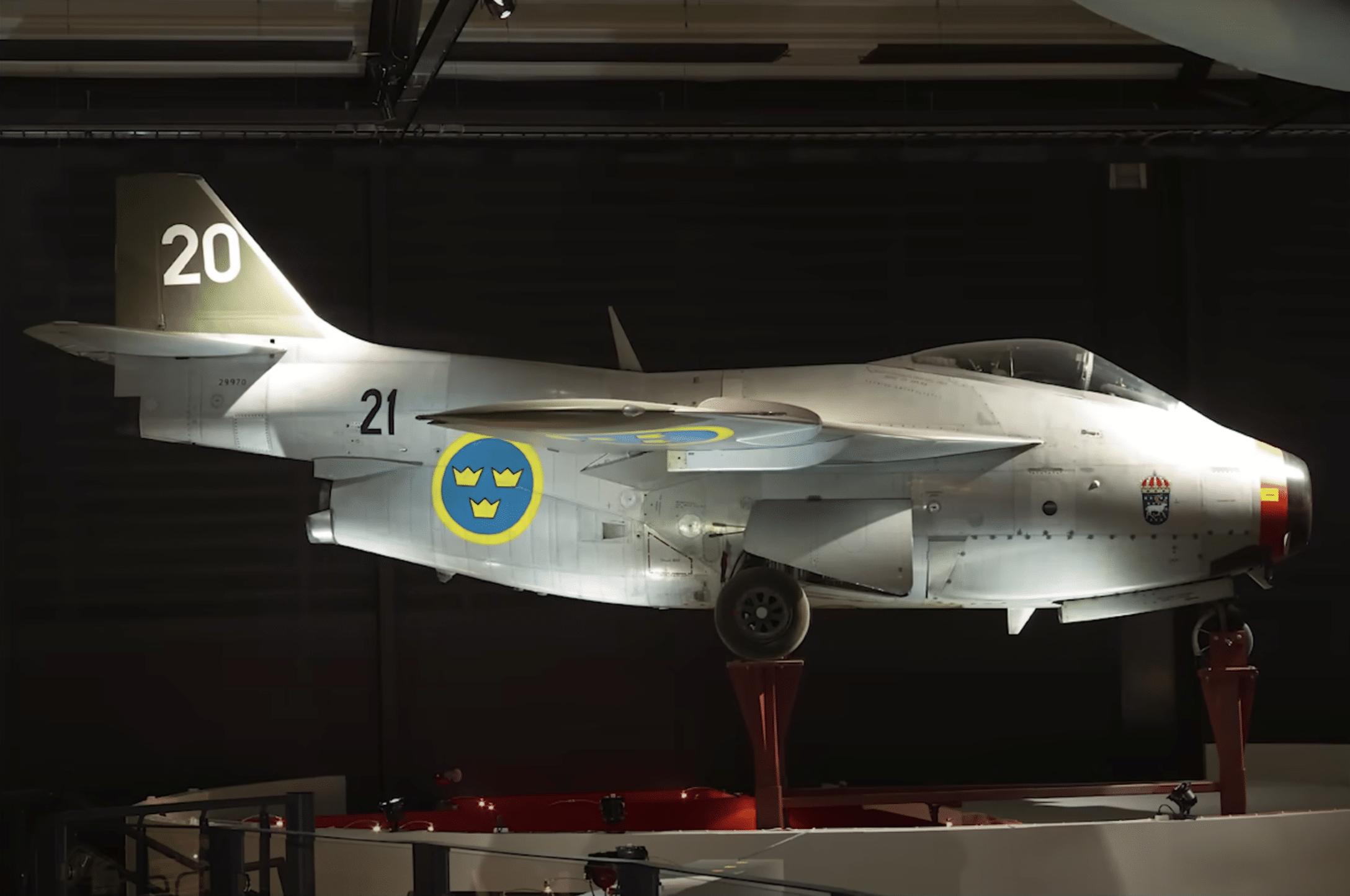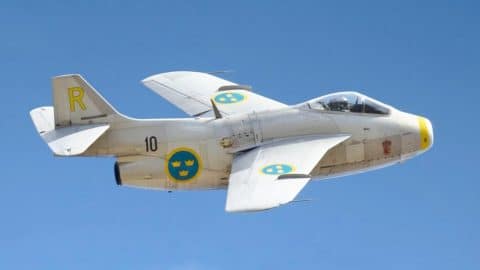
YouTube / Dark Skies
After the success of jet fighters following WWII, Sweden found themselves falling behind in post-war military innovations and decided to catch up. With Joseph Stalin consolidating power in Eastern Europe, Sweden was determined to arm itself when or if the time came.
Development on this new project began as soon as Saab decided to convert their existing Saab 21R design. It aimed to fully develop an operational jet aircraft led by a design team headed by Lars Brising.
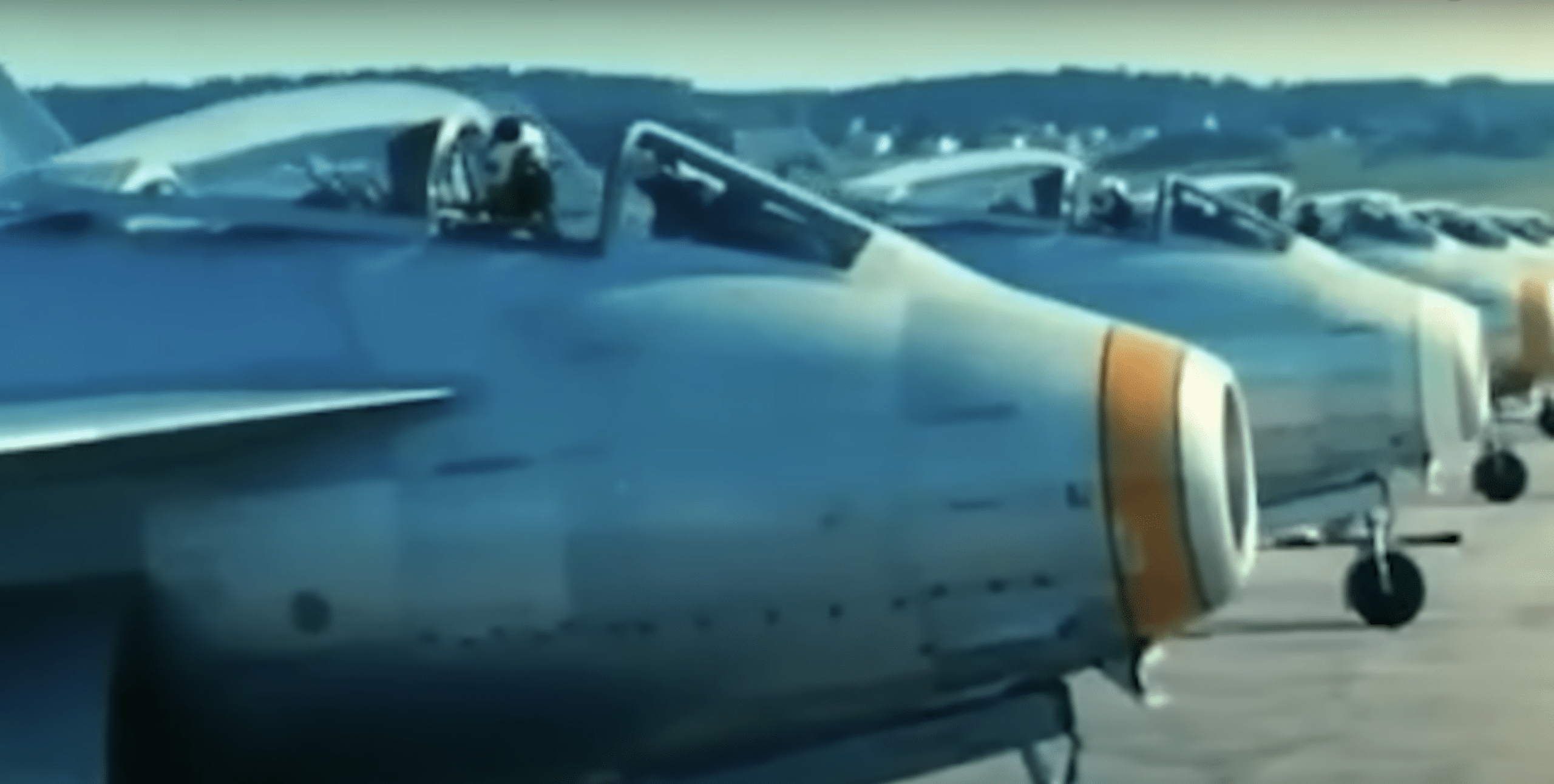
Brising’s team submitted two proposals to the Swedish Air Force with the designation R-101 or Cigarren and R-1001. The R-101 featured a unique shape that resembled the Lockheed P-80, while the other had a barrel-shaped design.
Sweden opted for the R-1001’s design, linking its design to a faster and more agile fighter.
The newly introduced swept wing design reduced drag as it reached the sound barrier. Consequently, the prototype was also given a 25-degree sweep and automatically-locking leading-edge slots and flaps to help it in takeoffs and landings.
Its new engines were more potent and were taken from the de Havilland Ghost series. In addition, its new airframe was made of material similar to American 75S aluminum alloy. This meant that its airframe had several “stressed skins” to achieve the ideal balance of strength, space, and weight needed by the aircraft to reach its max potential.
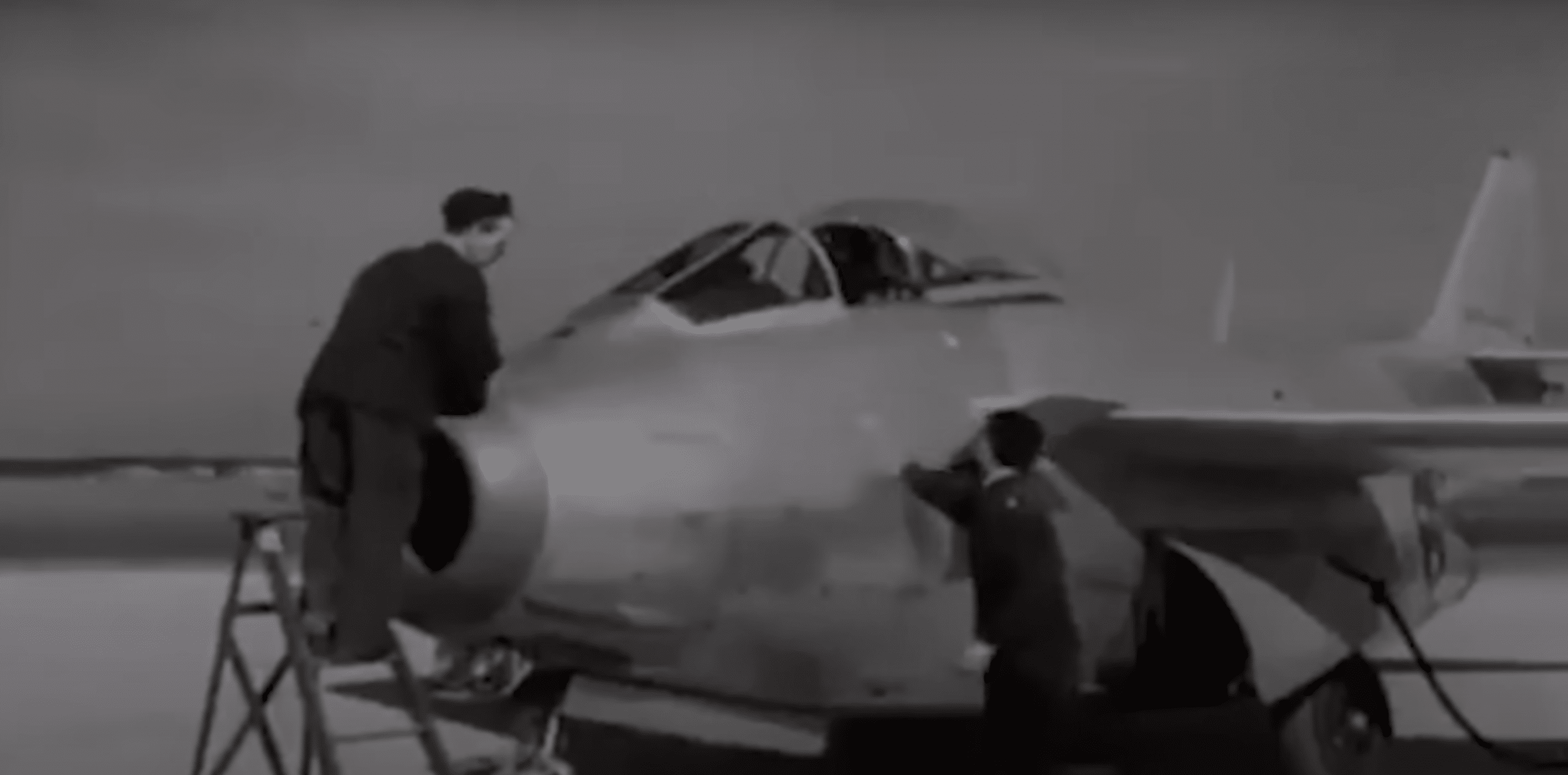
Finally, the design showcased a single round air intake in the nose, with a bubble canopy above it, and an ejection seat with an explosive jettisoning system. After it was finished, the J29 Tunnan measured 33ft in length, 36ft in width, and had an empty weight of over 9,500 lbs.
In February 1946, the Swedish Air Force approved the design and awarded Saab a contract for three prototypes that would fly under the “J29” designation.
The three prototypes entered their flight tests with plenty of problems that took the company over a year to fix. Regardless, the first prototype took to the skies on September 1948, with British Squadron Leader Bob Moore at the controls.
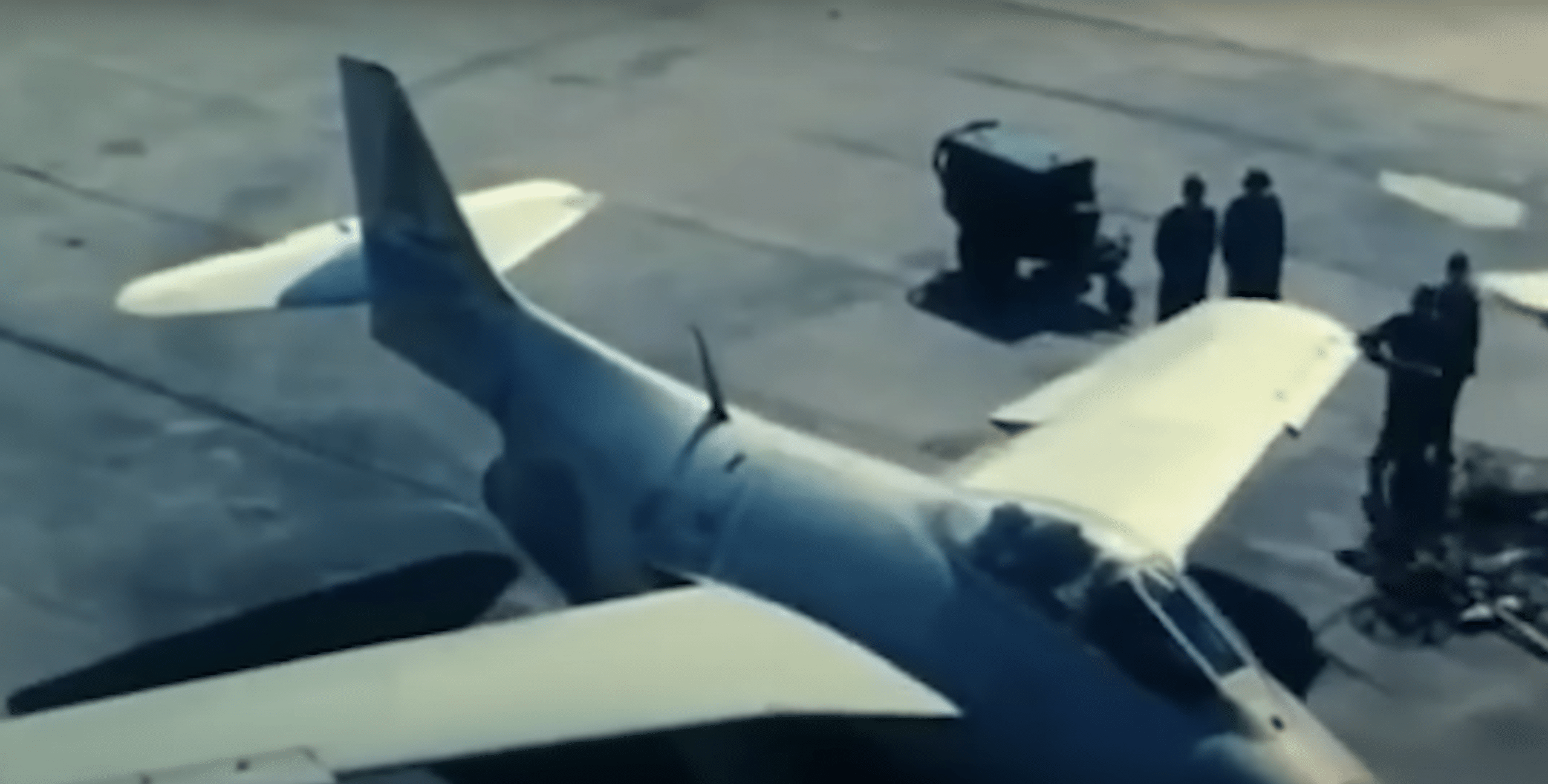
Here’s what he had to say about the J29:
“On the ground, an ugly duckling. In the air, a swift.”
Many more test pilots found the aircraft to be fast, reliable, and agile, boasting an exceptional turn and roll radius.
During testing, the aircraft was able tor each over 659 mph, with an estimated range of 1,678 miles, a maximum service ceiling of 50,000 ft, and a rate of climb of 11,800 feet per minute.
Before official production, the J29 Tunnan received several design improvements. The B model was equipped with larger internal fuel tanks and eight inner hardpoints, as well as two more outer hardpoints for incendiary bombs or drop tanks.
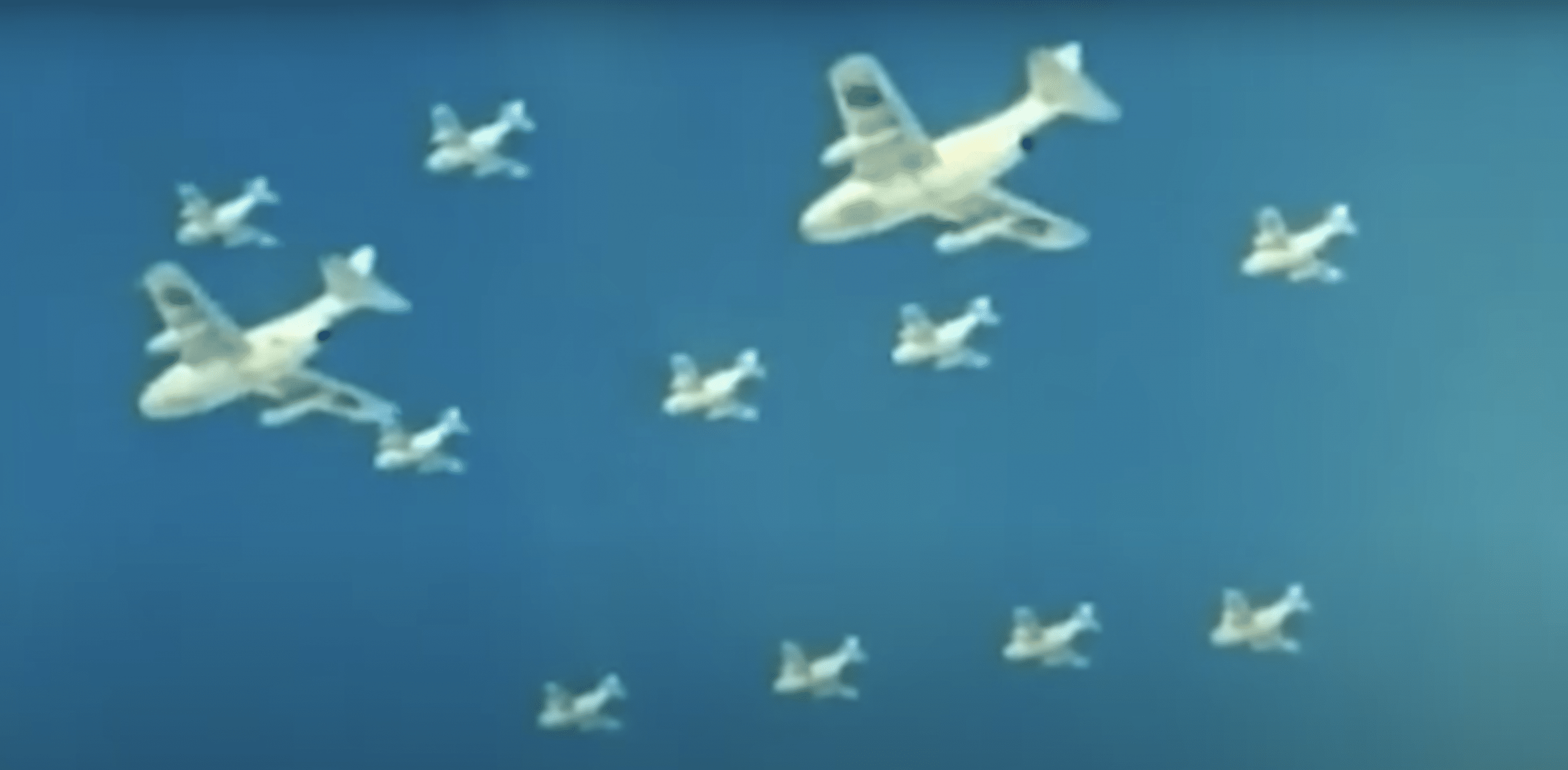
By the middle 1950s, Saab introduced the C model to cater for reconnaissance roles. This variant lacked armament and instead replaced them with five cameras fitted into its new nose.
The E model had new wings with a leading-edge dogtooth to enhance performance at Mach speeds. Finally, its F variant introduced in 1963, was modified to only carry American AIM-9B Sidewinders.
The fighter would serve the Swedish Air Force until May 1967 with over 661 units ever produced. Today, the Flying Barrel is fondly remembered as the first Swedish jet fighter with a swept-wing design and the first to see combat since the end of WWII.
